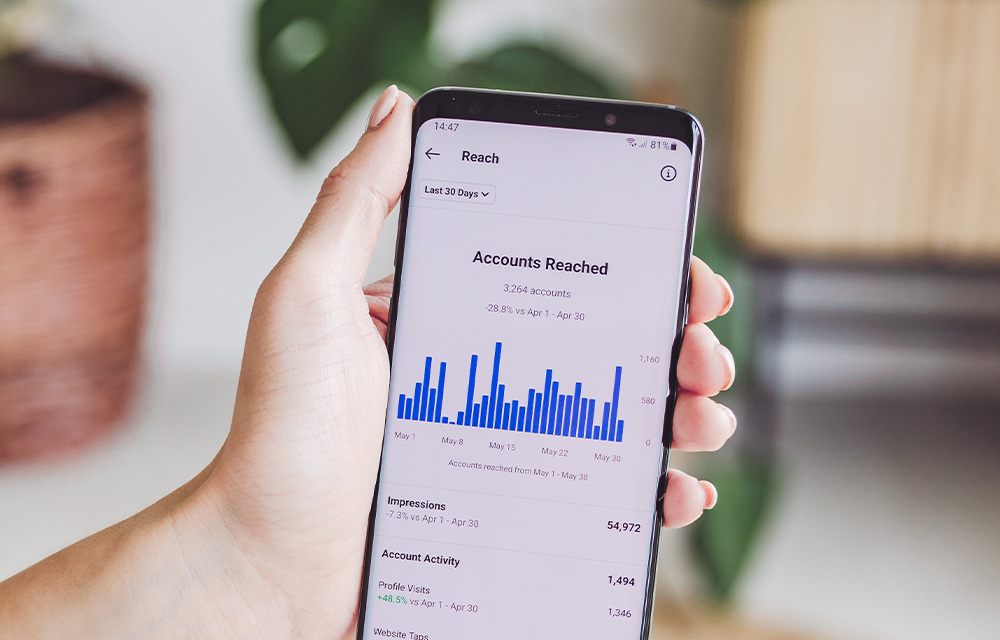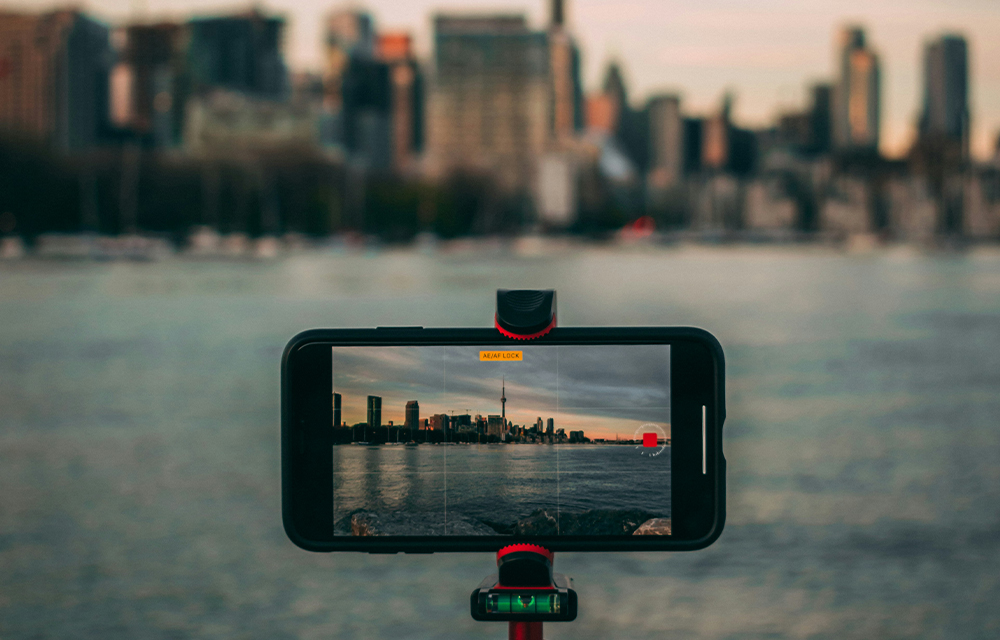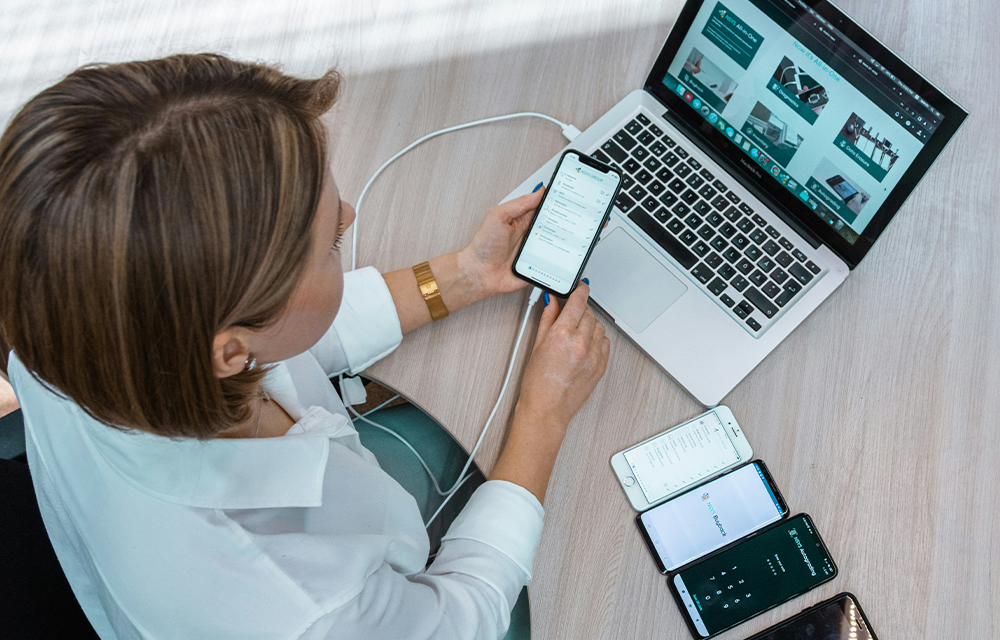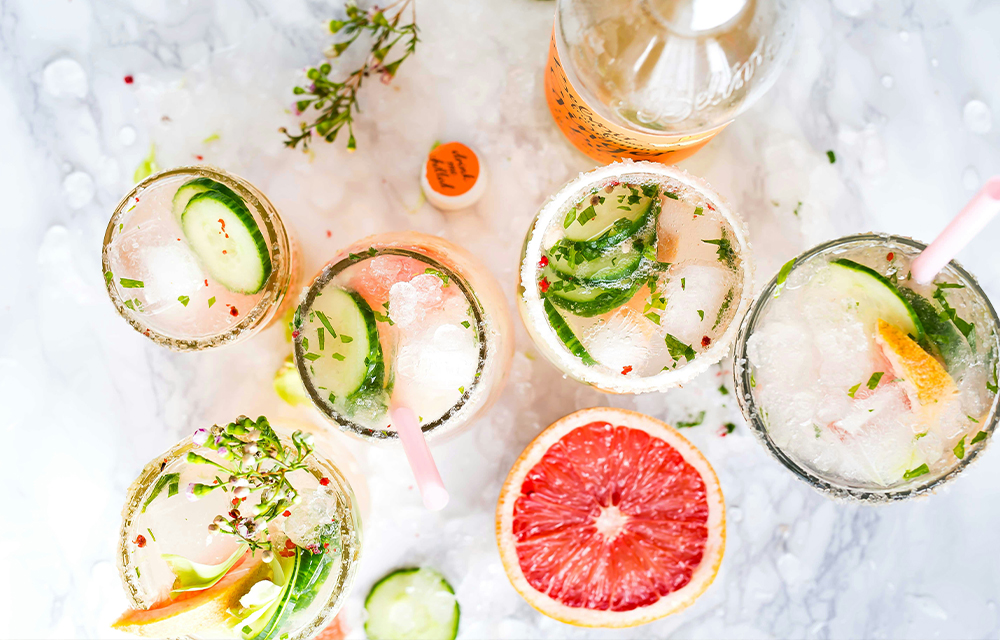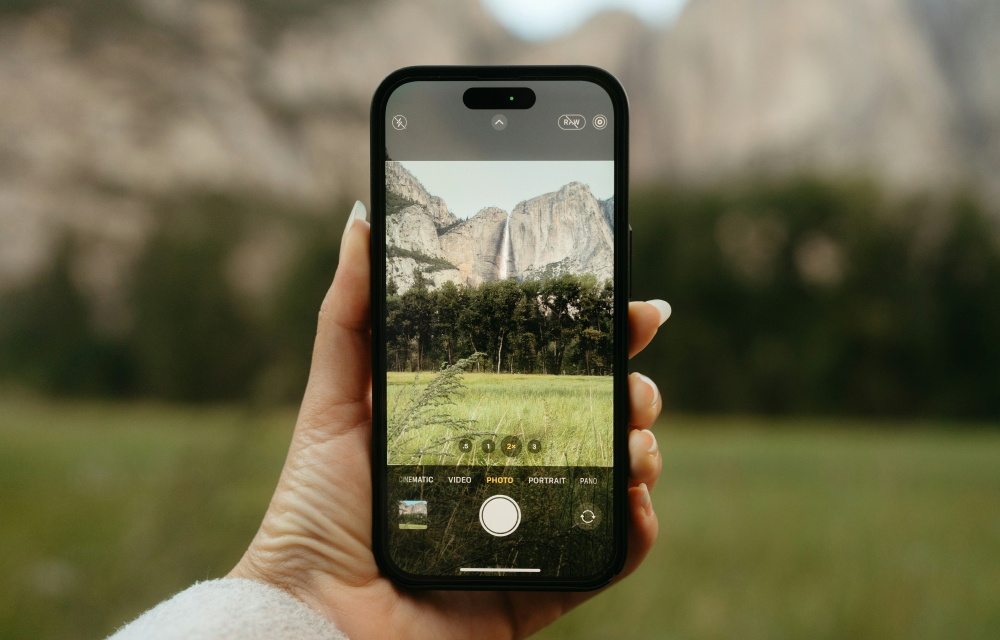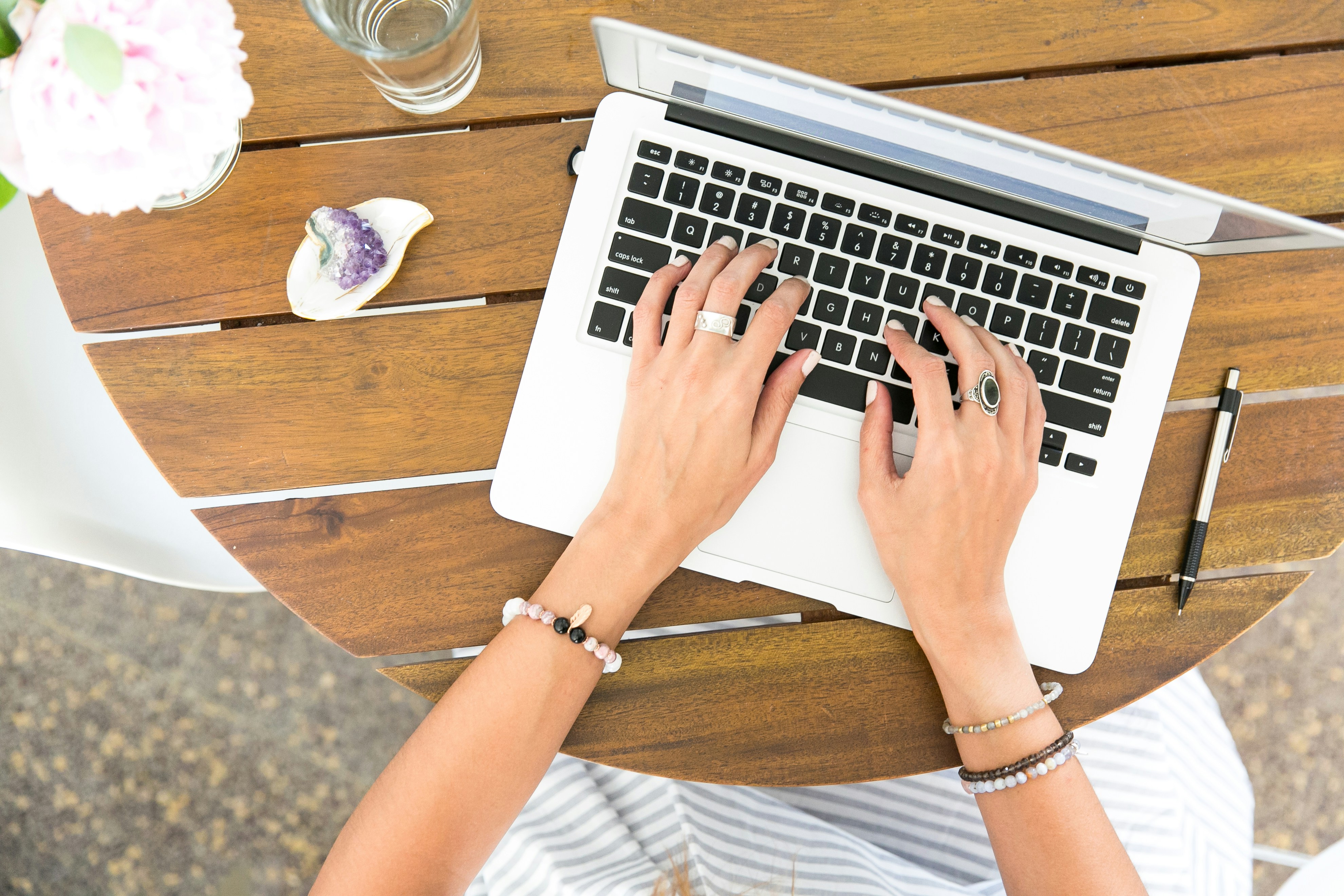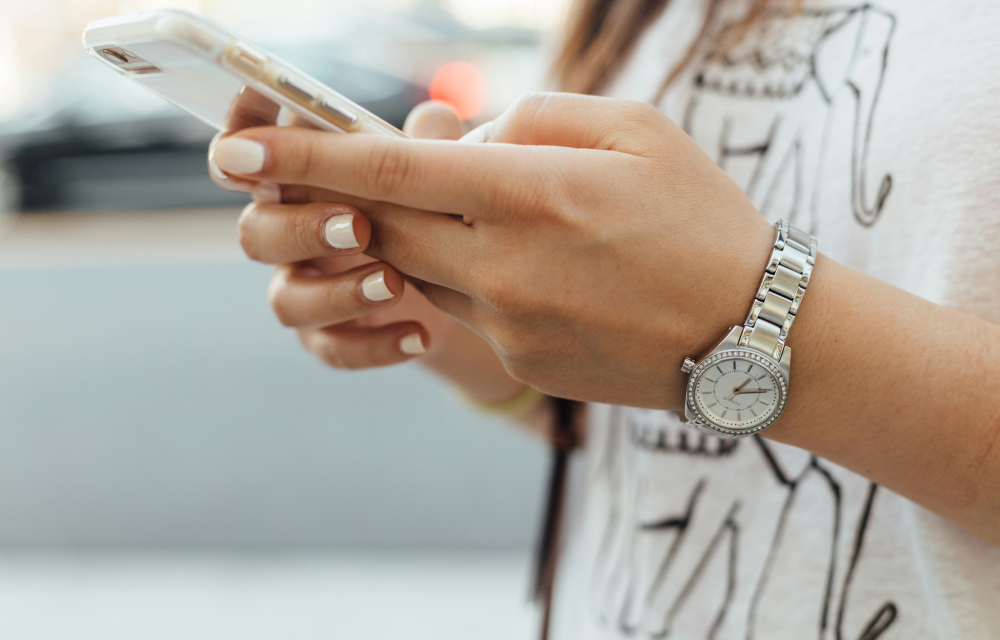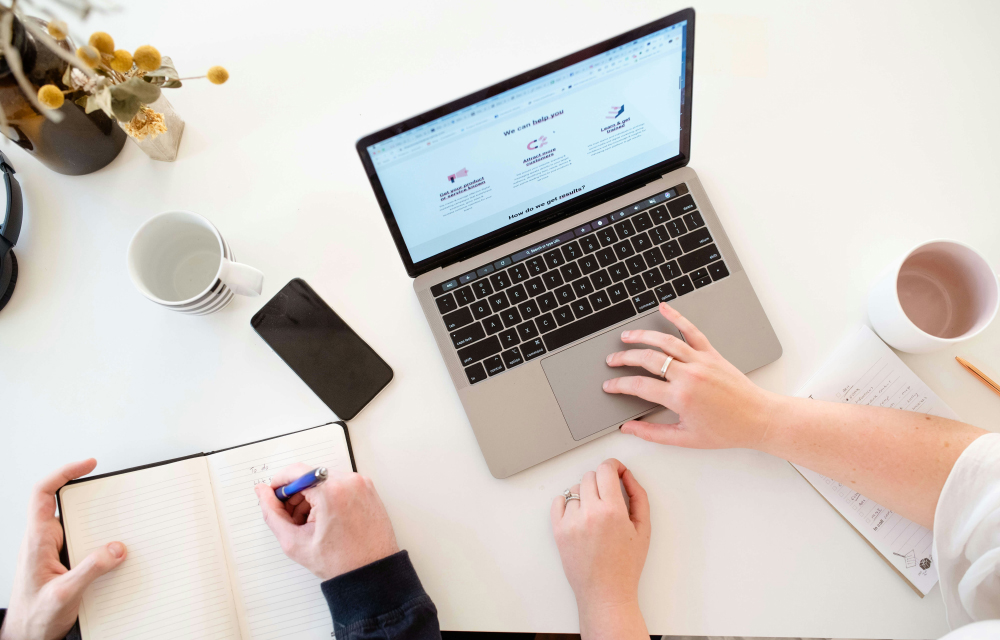A
mong Gen Z, social media is now the number-one search engine, with 41% of the generation turning to platforms like TikTok and Instagram to find what they’re looking for. Now, the line between search engines and social media platforms is dissolving even more. As of July 2025, Google is able to crawl and index content directly from Instagram.
This means that Instagram posts, captions, Reels, carousels, and other content from public business and creator accounts can now appear in search results on Google (and Bing, too). Alt text for images and even public comments can be indexed as well. So, it’s time for businesses to start optimizing their Instagram content for Google.
The good news is that Instagram SEO isn’t all that different from traditional website SEO or AEO (Answer Engine Optimization — the practice of making your content appealing to chatbots). Just like these approaches, optimizing your Instagram for search engines involves simple, effective strategies like using the right keywords in your captions and profile, adding descriptive alt text to images, and ensuring your bio is clear, concise, and informative.
Here are some best practices and tips for optimizing Instagram content for Google and Bing.
1. Let Your Profile Do the Most
This is a great moment to review your brand’s bio and username with fresh eyes, paying close attention to where you can improve your searchability. Here are a few tips:
- Make sure your bio is clear and concise: This is where you lay out your 150-character elevator speech about who you are and what you do, incorporating relevant keywords that your target audience is likely to search. There’s not a lot of space here to play with, so make sure you get the basics in, whether that’s “luxury beach resort in paradise” or “modernist NYC hotel with gourmet dining.”
- Be strategic when choosing or changing your username (aka handle): Your username should be relevant to your property and niche, easy to remember, and intuitive for users to search. If you’re not 100% happy with it, be thoughtful about whether it’s worthwhile to change it — while tweaking your handle won’t remove followers or create a new account, it can negatively impact brand awareness and cause some confusion among your followers.
- Make your account searchable: Your account must be set as public to allow search engines to crawl and index your content. To make sure that’s the case, go to Settings in your profile, then to Privacy, and toggle off the “Private Account” setting. Also in privacy settings, enable the option to “Allow public photos and videos to appear in search engine results.”
2. Remember That Content Is Key(word)
Images and videos support SEO by encouraging users to spend more time on a page or post — higher “dwell times” signal value to search engines. That said, words are central to any strategy for optimizing visibility in search. Here are some ways to use content to boost your Instagram’s searchability.
- Gently incorporate keywords in your captions and graphics: Include relevant keywords and phrases, but don’t overdo it — keyword stuffing is noticeable even in long-form content, so overuse of particular words and phrases will stick out even more in short captions. Consider experimenting with longer-form captions: You can go up to 2,200 characters, but only the first 125 are visible without clicking “more.” Be sure to include an attention-grabbing hook up front that entices your followers to reveal the rest.
- Add descriptive alt text and filenames: Alt text (short for alternative text) is a detailed image description that gives a picture for users with visual impairments. But since alt text can be crawled and indexed, it’s another opportunity to thoughtfully insert keywords. The same goes for the filenames you use for the images and videos you upload to Instagram. You can also include optimized subtitles or text overlays on videos and Reels.
- Use hashtags to help you get discovered: Try a mix of broad and niche hashtags to expand your reach and make your content more easily discoverable. You can balance the basics (like #resorthotel, #beachlife, #adventuretravel) with more specific tags that describe your particular property or destination (#ecotourism, #sparetreat, #couplesescape).
3. Think of Your Instagram Posts as Mini Landing Pages
- Crosslink your content: Send your Instagram “links in bio” back to your website, and vice versa. Increased traffic to both platforms pushes your content further up in the Google rankings.
- Provide all the info they need: Seek to both inform and engage. Include vital details about your property and offerings within posts — from restaurant hours to upcoming deals — while maintaining your brand’s authenticity and unique voice.
- Share your Insta content everywhere: Feature your Instagram posts and graphics on your website to increase visibility and engagement, building your follower count (and your SEO along with it).
4. Do Your Geography Homework
It’s all about location, location, location. Here’s how to increase visibility for your destination using Instagram SEO:
- Use location tags: Say it with us: Always add relevant location tags to your posts. This is one of the most essential tips for optimizing your Instagram content on Google.
- Shout out your location in content: Mention where your property is located in Instagram captions, alt text, and graphics to reinforce local SEO, along with longer-range visibility.
- Align your Instagram details with your Google Business profile: Make sure your business name, address, and contact information are consistent across your Instagram and Google Business profile.
5. Keep Track of What’s Working
Whenever you put a strategy in place, it’s essential to also build in ways to measure its performance. That means setting up KPIs (Key Performance Indicators — the data points that will determine whether your campaign was a success) and ensuring you have ways to track those KPIs. Here are some tools that can help:
- Google Search Console: Once you verify your Instagram content with GSC, you can use this free service to glean insights into how your Instagram profile and its content are performing in Google Search via impressions and clicks.
- Instagram’s assessment tools: You can use Instagram Insights to monitor your reach, engagement, and audience demographics. It’s a free tool within the app — specifically tailored for business and creator accounts — that provides data about your profile and content performance.
- Adding tracking code to links: To measure traffic coming from Instagram through Google Analytics, add UTM parameters to the URLs you share on the platform. These parameters aren’t a direct measure of your content’s rankings in search, since they track users who go directly to your website from Instagram — but watching it over time can give you clues about whether your Instagram SEO strategy is helping to build followers and web traffic.
Hawthorn Creative’s SEO and social media experts can help you step into the brave new world of optimizing Instagram content for Google search. Learn about our SEO solutions and contact us to schedule a consultation.

